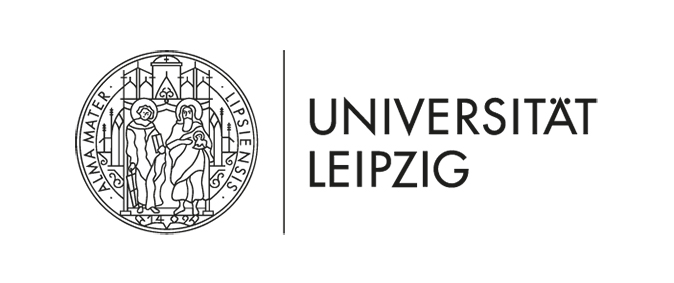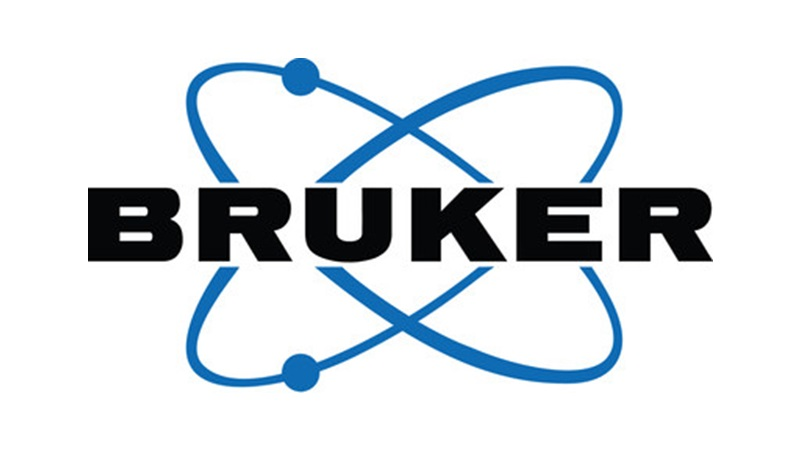|
14th Annual Symposium Physics of Cancer Leipzig, Germany Oct. 4 - 6, 2023 |
PoC - Physics of Cancer - Annual Symposium | |||||||||||||||||||||
|
|
Poster
Role of nuclear mechanics in the regulation of EMT in pancreatic cancer cells
Contact:
Pancreatic cancer is associated with a strong desmoplastic reaction, leading to a stiffening of the tissue that is known to induce the onset of the epithelial-to-mesenchymal transition (EMT). Both tissue stiffening and EMT are strongly associated with changes in cell and nuclear shape. In turn, nuclear shape changes (i.e., nuclear deformations) are known to trigger nuclear mechanotransduction events that can induce signalling. This suggests that tissue stiffening, EMT, and nuclear mechanotransduction could be related, but if and how this occurs is unknown. To address this issue, we combine the use of hydrogels of different rigidities, genetic tools, and EMT-inducing biochemical cues (TGFβ), providing a system that allows us to control the force exerted on the nucleus, nuclear mechanics, and EMT. By tuning these three elements and characterising cell behaviour, our preliminary data suggest that nuclear mechanics and deformation regulates pancreatic cancer cell responses to both stiffness and TGFβ in a similar manner, potentially unveiling a conserved underlying mechanotransduction mechanism. In further work, we expect to untangle the role of nuclear mechanics in EMT, within the context of pancreatic ductal adenocarcinoma.
|









